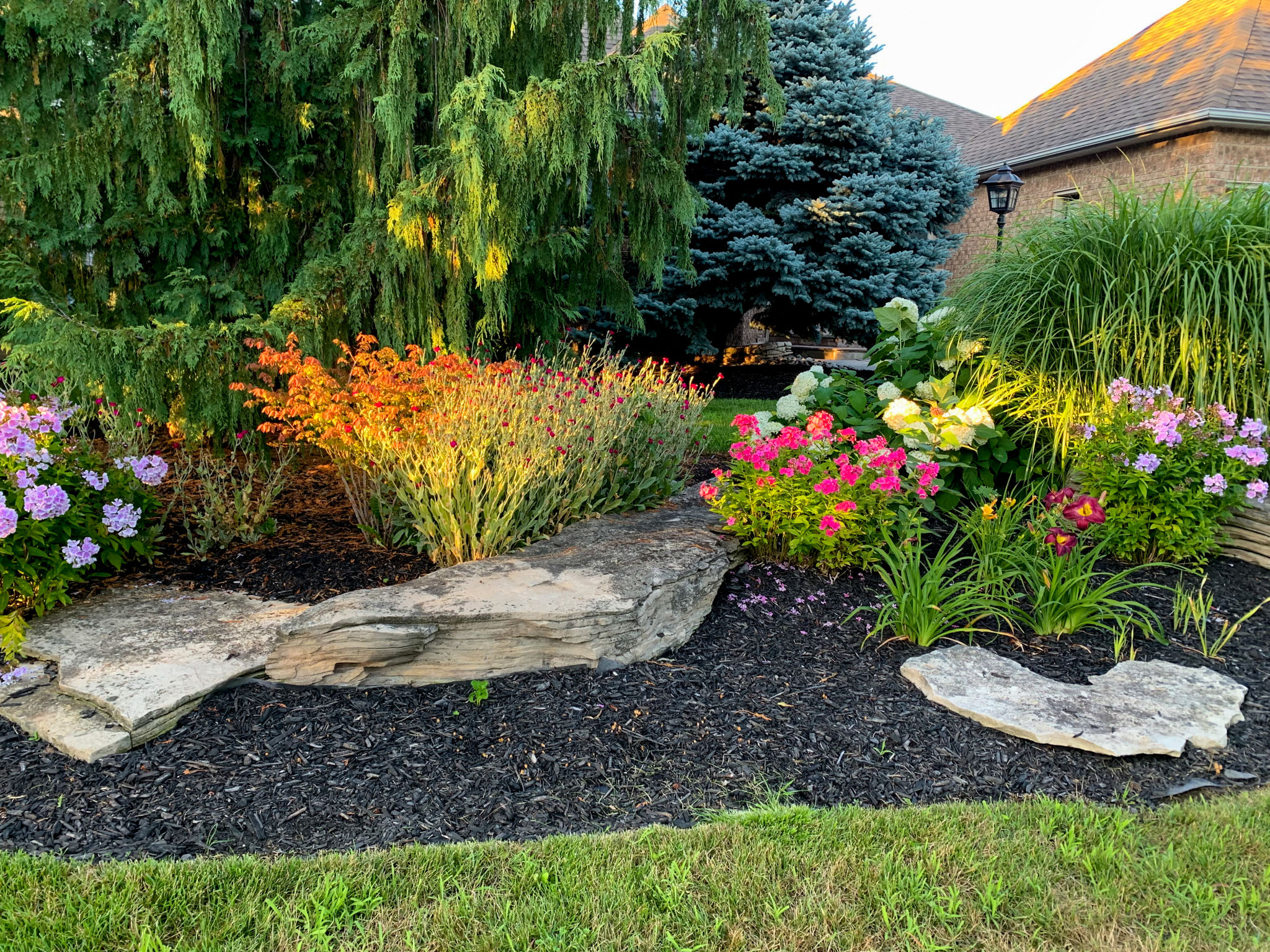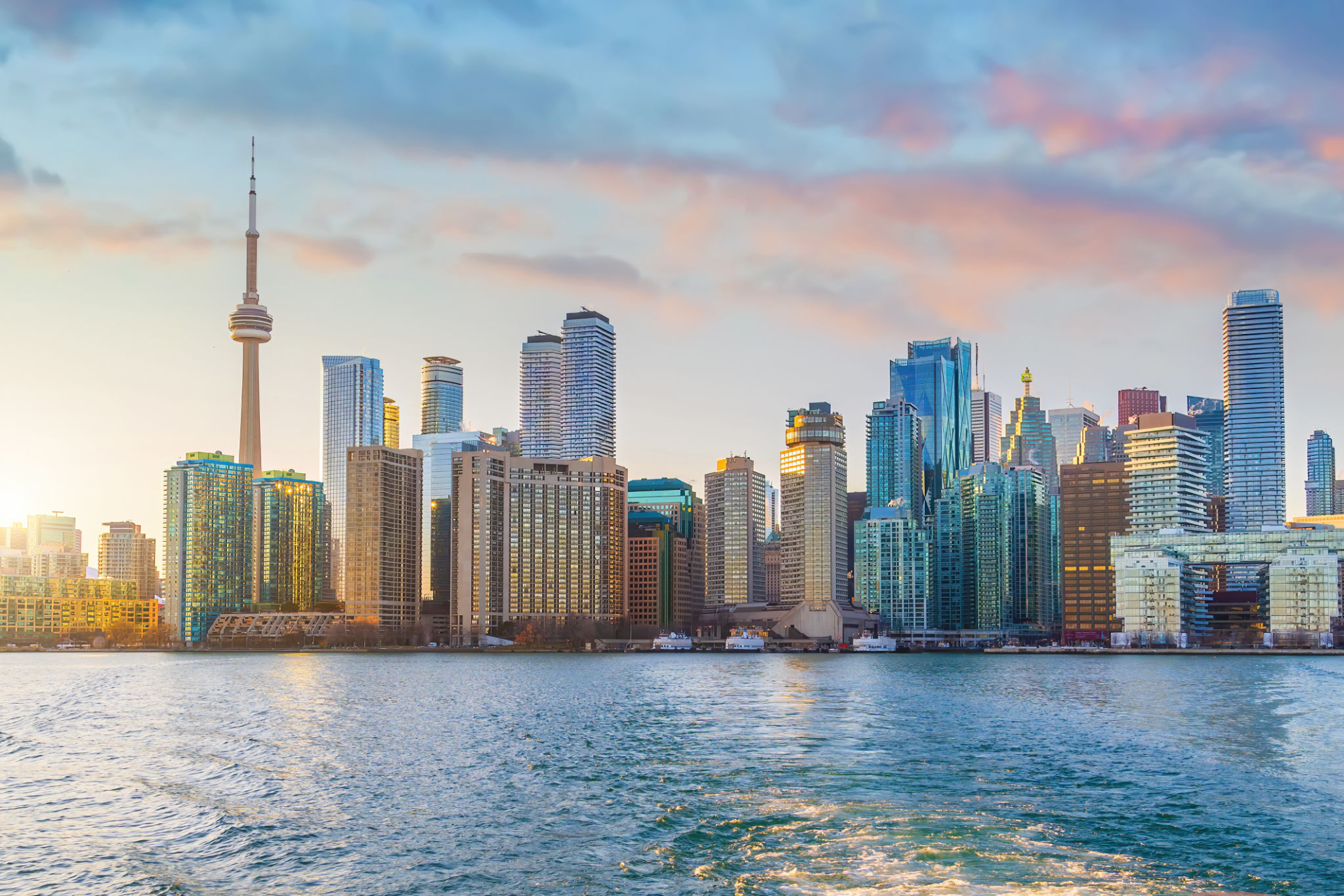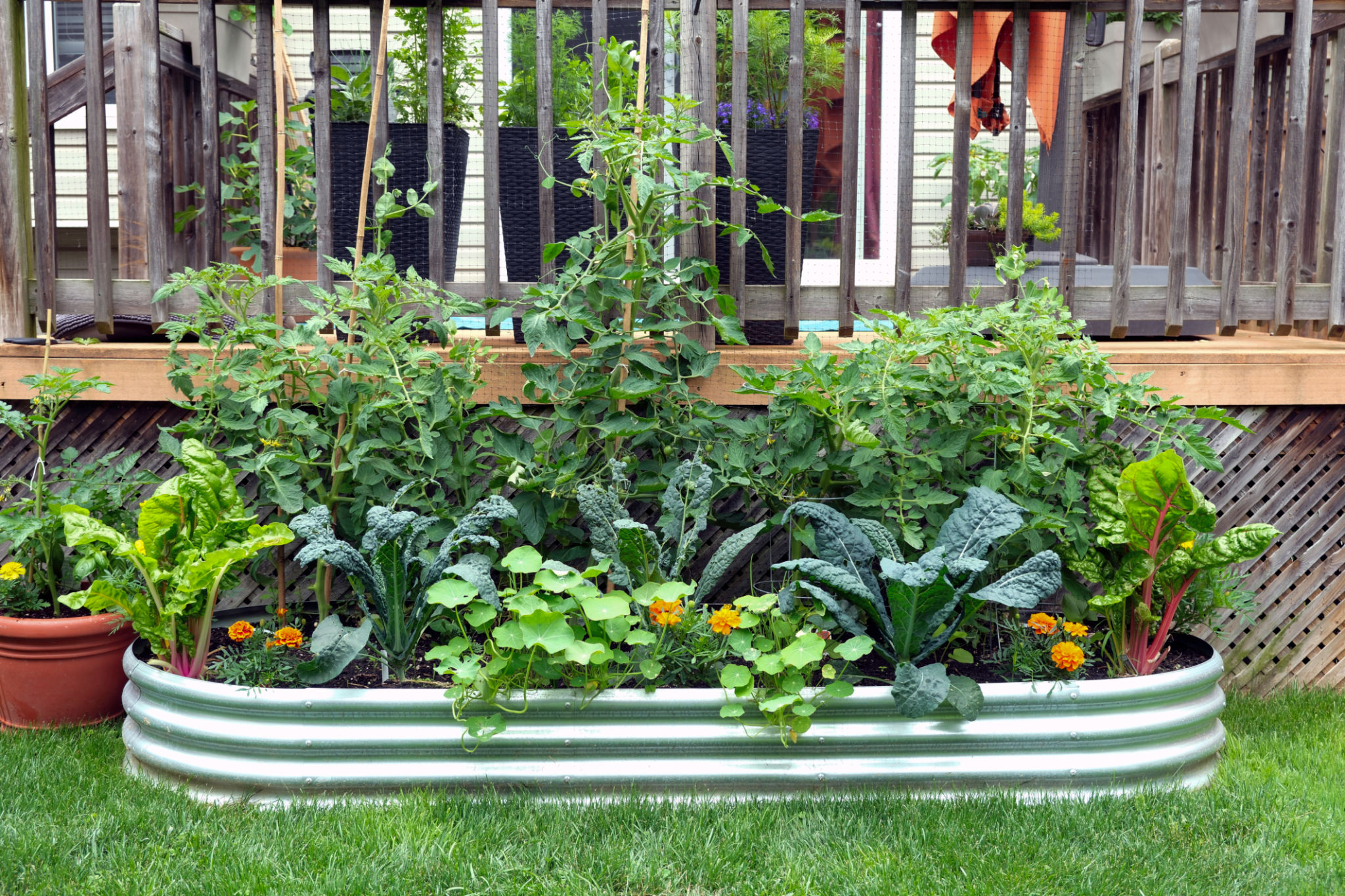A Comprehensive Guide to Choosing the Right Landscape Design for Your Home
Understanding Your Landscape Needs
Choosing the right landscape design for your home can significantly enhance its beauty and functionality. To start, it’s crucial to understand your landscape needs by assessing the purpose of your outdoor space. Are you looking to create a tranquil retreat, a space for entertaining, or a safe play area for children? Pinpointing your primary needs will guide the design process.

Analyzing Your Yard's Characteristics
Before diving into design options, take the time to analyze the characteristics of your yard. Consider the climate, soil type, and sunlight exposure, as these factors will influence what plants and design elements are best suited for your space. Additionally, take note of the topography and existing structures, which can affect drainage and layout possibilities.
Soil and Climate Considerations
Different plants thrive in different soil types and climates. Conduct a soil test to determine pH levels and nutrient content, and select plants that are compatible with these conditions. Similarly, understanding your regional climate will help you choose plants that can withstand local weather patterns, ensuring your landscape remains lush throughout the year.
Exploring Design Styles
With a clear understanding of your needs and yard characteristics, it’s time to explore various landscape design styles. Some popular styles include:
- Modern: Known for its clean lines and minimalistic approach, modern landscaping often incorporates geometric shapes and a limited color palette.
- Traditional: Traditional gardens typically feature lush greenery, symmetrical designs, and classic elements like hedges and fountains.
- Cottage: This style is characterized by a more informal, whimsical look with an abundance of colorful flowers and meandering pathways.

Integrating Hardscapes
Hardscapes refer to non-plant elements in your landscape design, such as patios, walkways, and retaining walls. Integrating these elements can add structure and functionality to your outdoor space. Consider materials like stone, brick, or concrete to match your chosen style while ensuring durability and ease of maintenance.
Choosing the Right Plants
Selecting the right plants is a critical component of successful landscape design. Choose plants that complement each other in terms of color, texture, and height. Incorporate a mix of evergreen and seasonal plants to maintain visual interest throughout the year. Additionally, consider native plants that are well-adapted to your local environment, often requiring less water and maintenance.

Sustainable Landscaping Practices
Sustainability is becoming increasingly important in landscape design. Implement practices such as xeriscaping to reduce water usage or create a rain garden to manage stormwater runoff. Using sustainable materials for hardscapes and opting for organic fertilizers can also contribute to an eco-friendly landscape.
Budgeting for Your Landscape Design
Creating a budget is an essential step in the landscape design process. Determine how much you’re willing to spend on materials, labor, and maintenance. Prioritize essential elements first, then consider additional features based on remaining funds. Keep in mind that some aspects of the design can be implemented over time as budget allows.
Hiring a Professional vs. DIY
Deciding whether to hire a professional landscaper or tackle the project yourself depends on your budget, time commitment, and expertise level. Professionals can offer valuable insights and handle complex tasks like grading or installing irrigation systems. However, if you enjoy hands-on projects and have the necessary skills, DIY landscaping can be a rewarding experience.

Ultimately, the right landscape design for your home should reflect your personal style while meeting functional needs. By carefully considering each aspect of the design process, you can create an outdoor space that enhances your lifestyle and adds value to your property.
